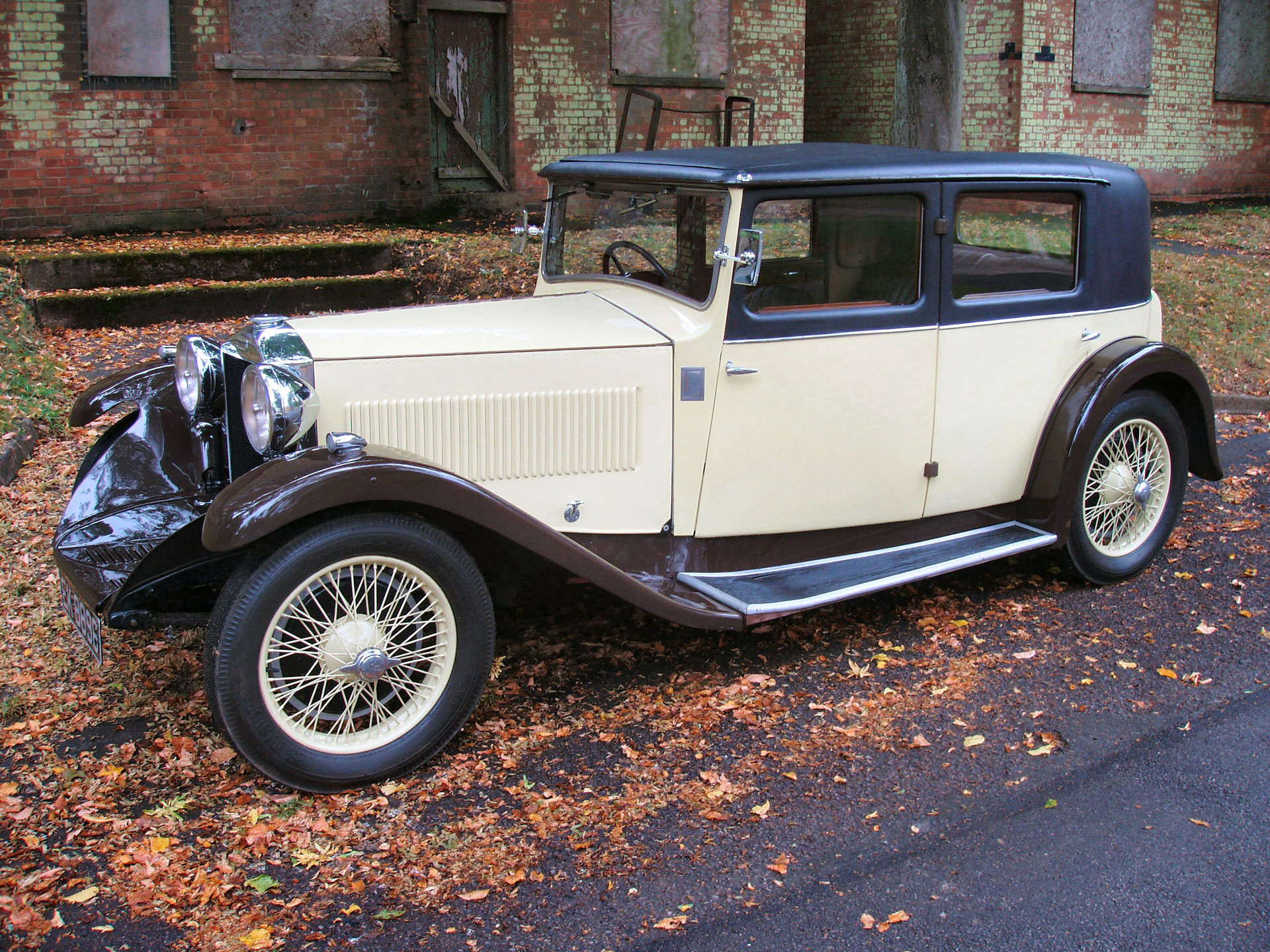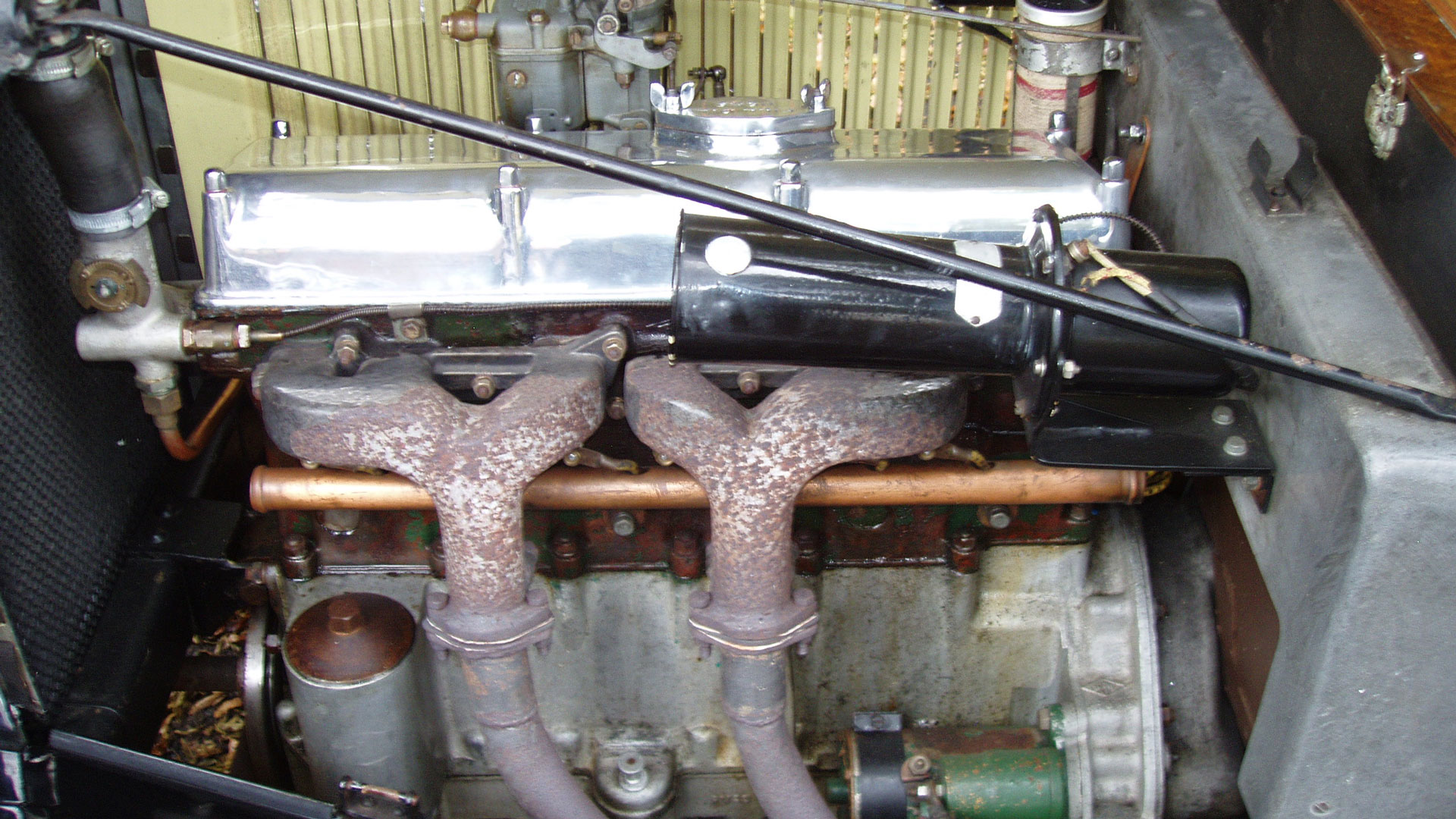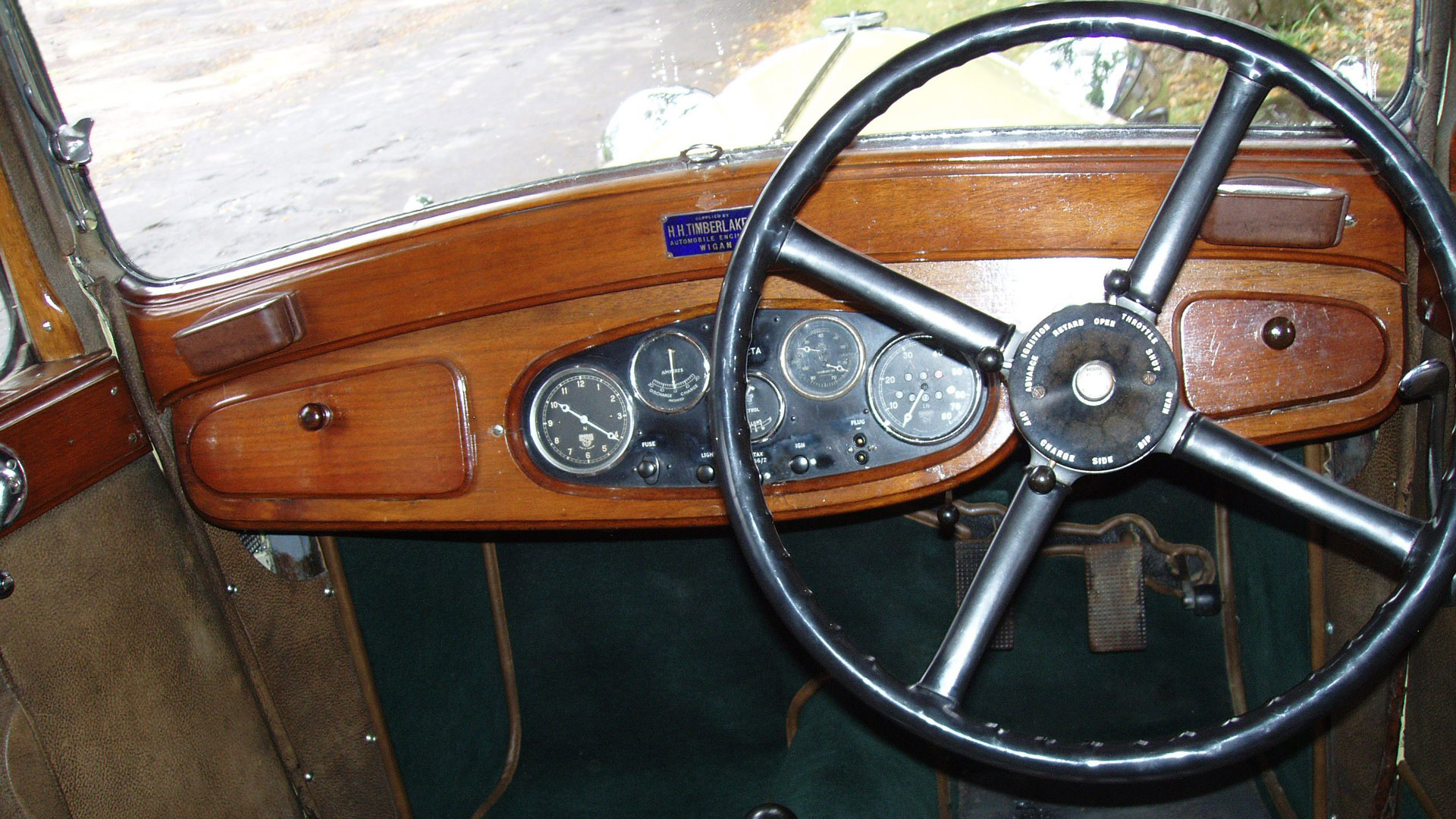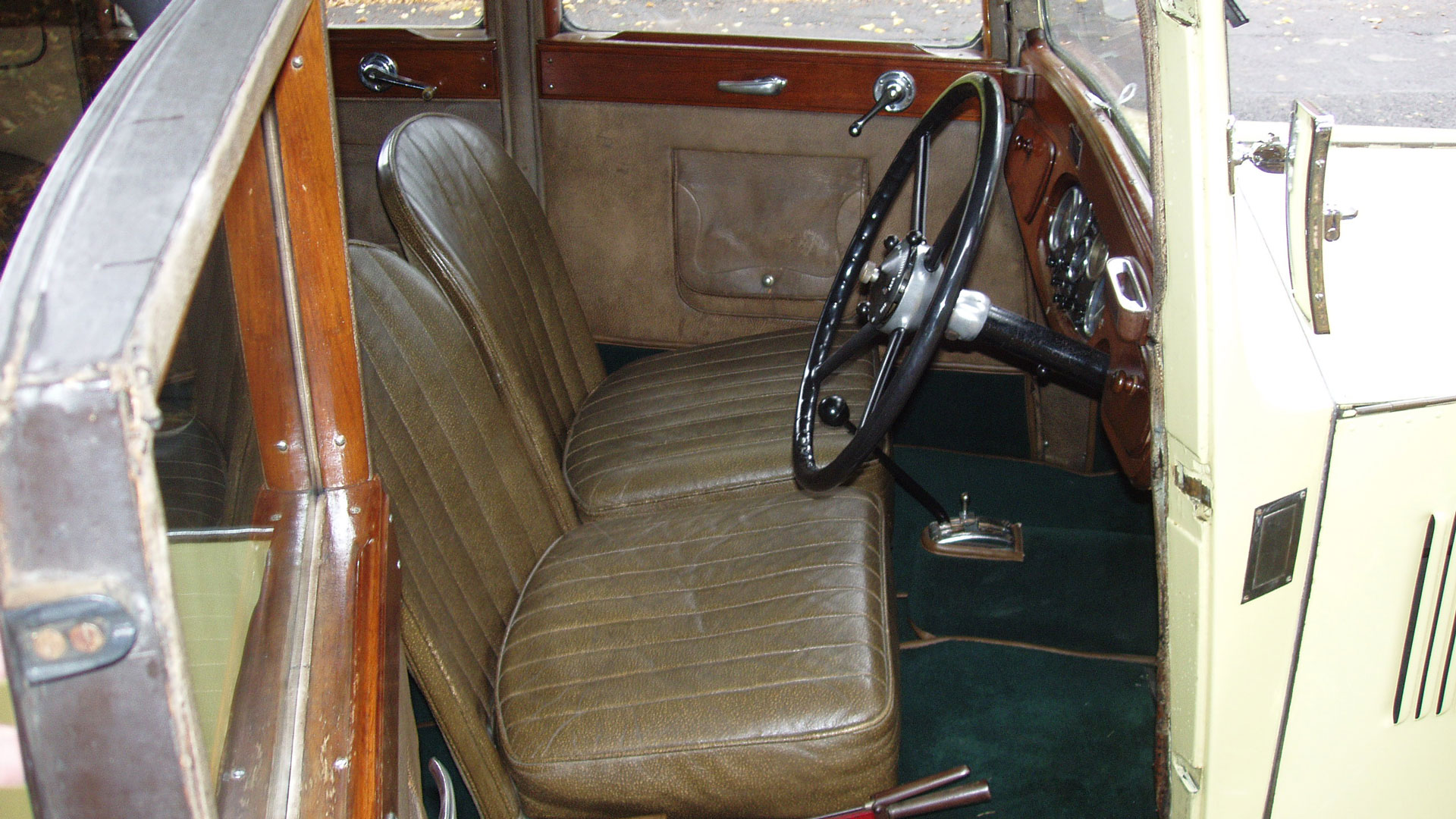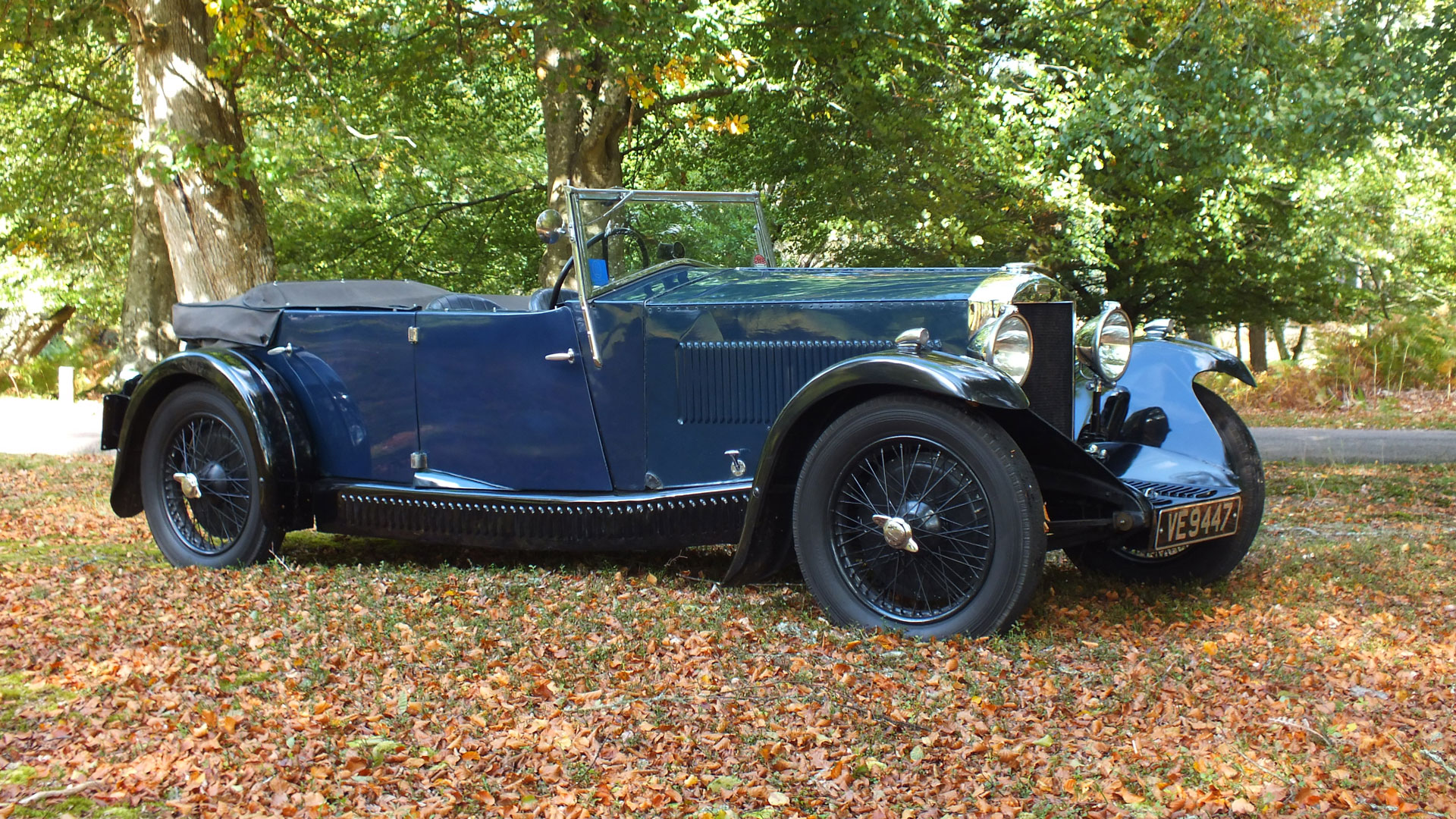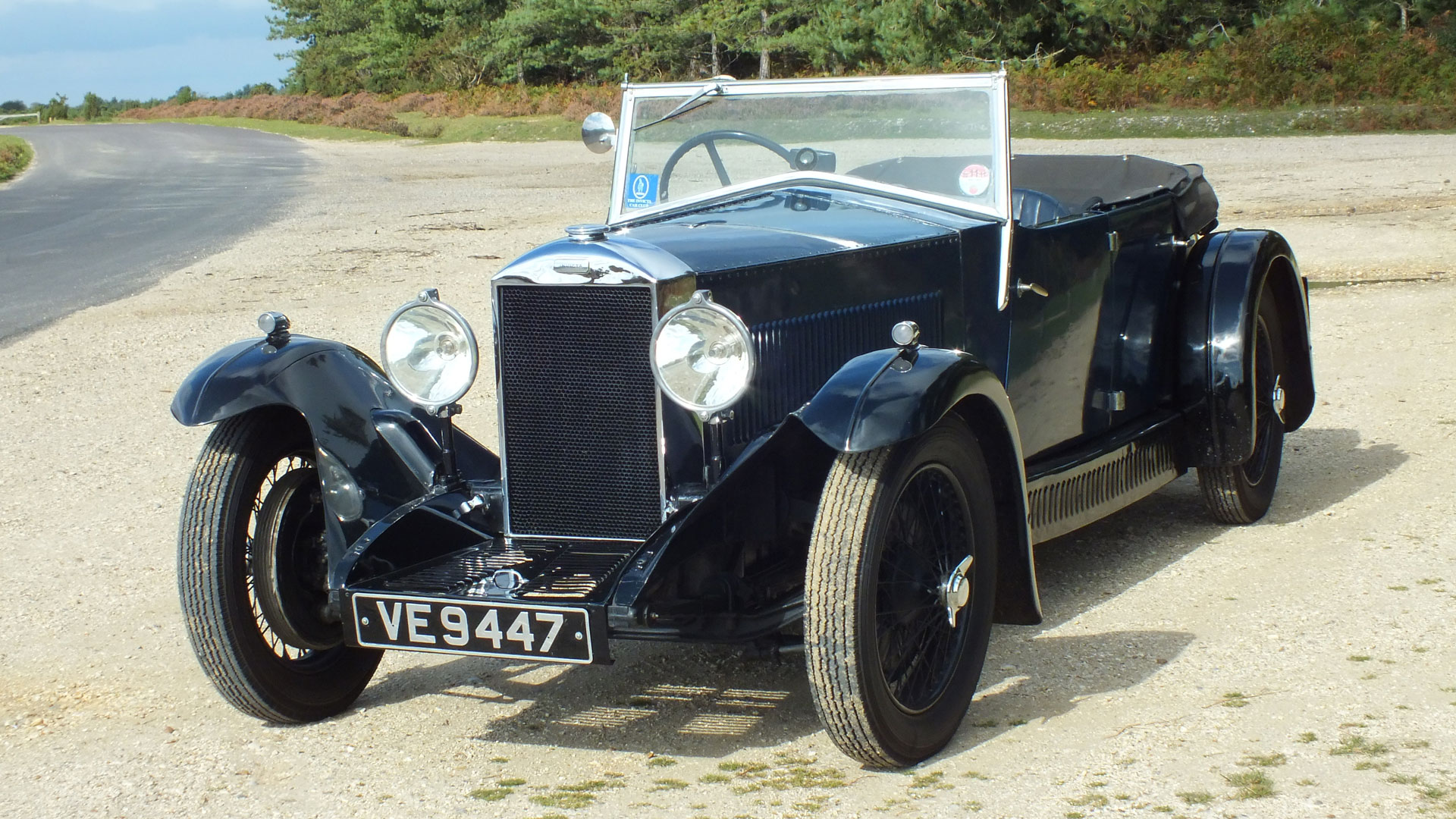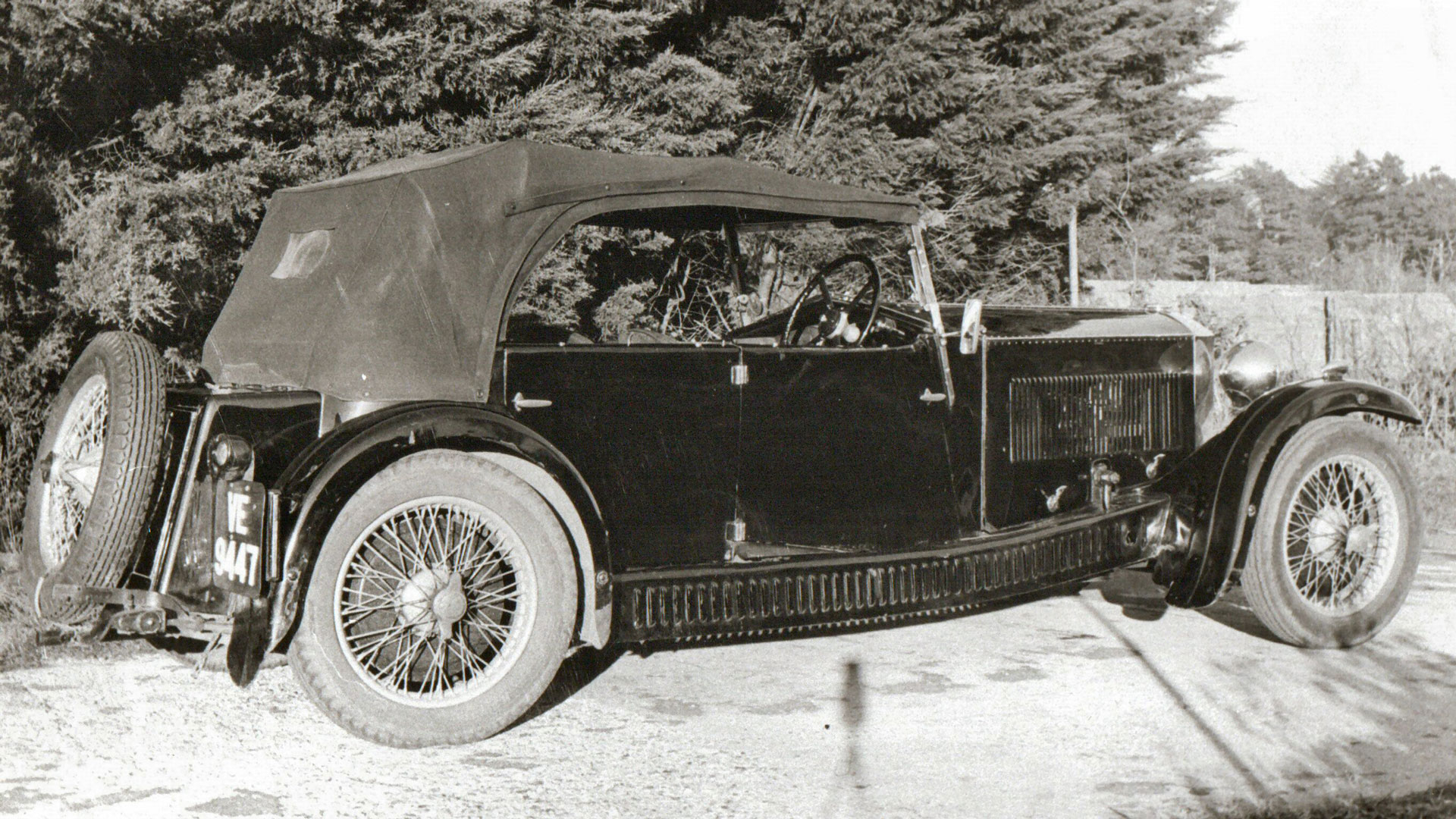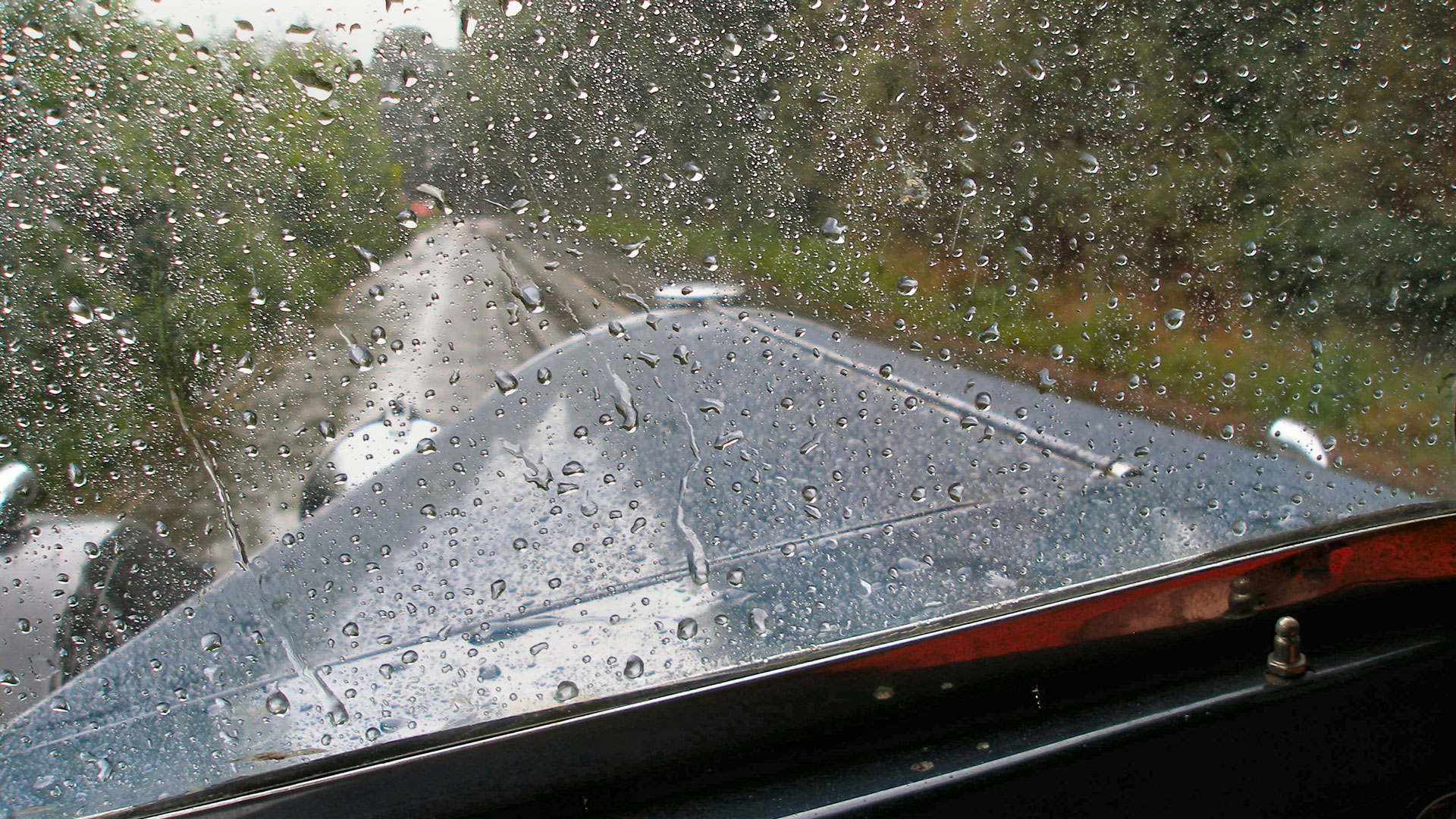Invicta
L and LS Cars
Invicta
L and LS Cars
The L type was introduced in 1932, and represented quite a departure from other Invicta models. It was a large car with a wheelbase of 9 feet 10 inches (the same as the S type) but was powered by a 1 ½ litre six cylinder Blackburne engine.
The small Invicta had a low stance, due to the chassis frame being underslung at the rear, and had wide track and a long wheelbase, with exceptionally long rear springs, which helped to give the car a smooth and supple ride quality. The brakes were the same diameter as the 4 ½ litre models, and were very efficient.
However, the attempt to manufacture a cheaper car that would appeal to a larger audience did not work, because the all-steel bodied L types proved to be too heavy for the power available from the smaller engine. A supercharged LS version was subsequently introduced which increased the power output, but very few of those were made.
Invicta eventually went into receivership but continued running until 1935, when sadly it folded completely.
ENGINE
1498cc 12HP engine by Blackburne. Six cylinders of 57mm bore by 97.9mm stroke in a single iron casting mounted on an aluminium crankcase supporting a forged steel crankshaft on two white metal and two roller main bearings. Vibration damper was mounted on the nose of the crank. Aluminium pistons were carried on steel H section rods with white metal big-end bearings. Single overhead camshaft was carried on the detachable, cross-flow cylinder head under an aluminium rocker cover.
Cooling was by water pump and engine oil lubrication by gear type oil pump drawing through a gauze strainer mounted in the sump.
CARBURATION
By single downdraft fixed choke instrument fed by an electric pump drawing from a 13 gallon rear tank.
CLUTCH
Single plate design with automatic lubrication to clutch plate splines.
GEARBOX
ENV four speed, silent third, centre change in unit with engine. Ratios; 1.0, 1.36, 2.0, 3.82
CHASSIS FRAME
Channel side rails, 6 inch deep in centre, braced by 5 cross-members. Frame upswept over front axle and underslung at rear.
SUSPENSION AND AXLES
Semi-elliptic springs each secured at the inner end in a silent bloc bush whilst the outer ends were carried in bronze sliding trunnions.
Damping was by Andre Hartford friction shock absorbers. Torque rods were fitted between the frame and front axle on later cars.
Front axle was an H-section steel forging.
Rear axle was ENV semi-floating type with differential carried in a detachable nose piece. Final drive ratio 6.0 to 1
WHEELS AND TYRES
42mm Rudge-Whitworth wire wheels fitted with 5.00 x 19 tyres.
BRAKES
Four wheel rod operated system. 14 inch diameter steel drums fitted with shrunk-on aluminium cooling fins with independent adjustment at each wheel.
STEERING
Marles worm and wheel box and seventeen inch diameter wheel, with ignition, carburettor, lighting, starter and horn controls all mounted in the wheel centre.
ELECTRICAL EQUIPMENT
12 volt single pole system including dipping headlamps, 2 side lights, stop and tail light.
Included clock, speedometer, thermometer, ammeter, oil pressure and petrol gauges.
INSTRUMENTS
Included clock, speedometer, thermometer, ammeter, oil pressure and petrol gauges.
12/90 MODEL
Specification as above but with the addition of a Powerplus supercharger mounted between the dumb irons ahead of the radiator. Supercharger was directly coupled to the nose of the crankshaft and fed by a single carburettor with starting 46 carburettor mounted on a finned induction manifold. Petrol feed was by twin Autoplus pumps. Strengthened differential with final drive ratio of 5.1 to 1.
Most cars carried standard steel Tourer or Saloon bodies by Carbodies. The Saloons had Weymann pattern roof panels.
